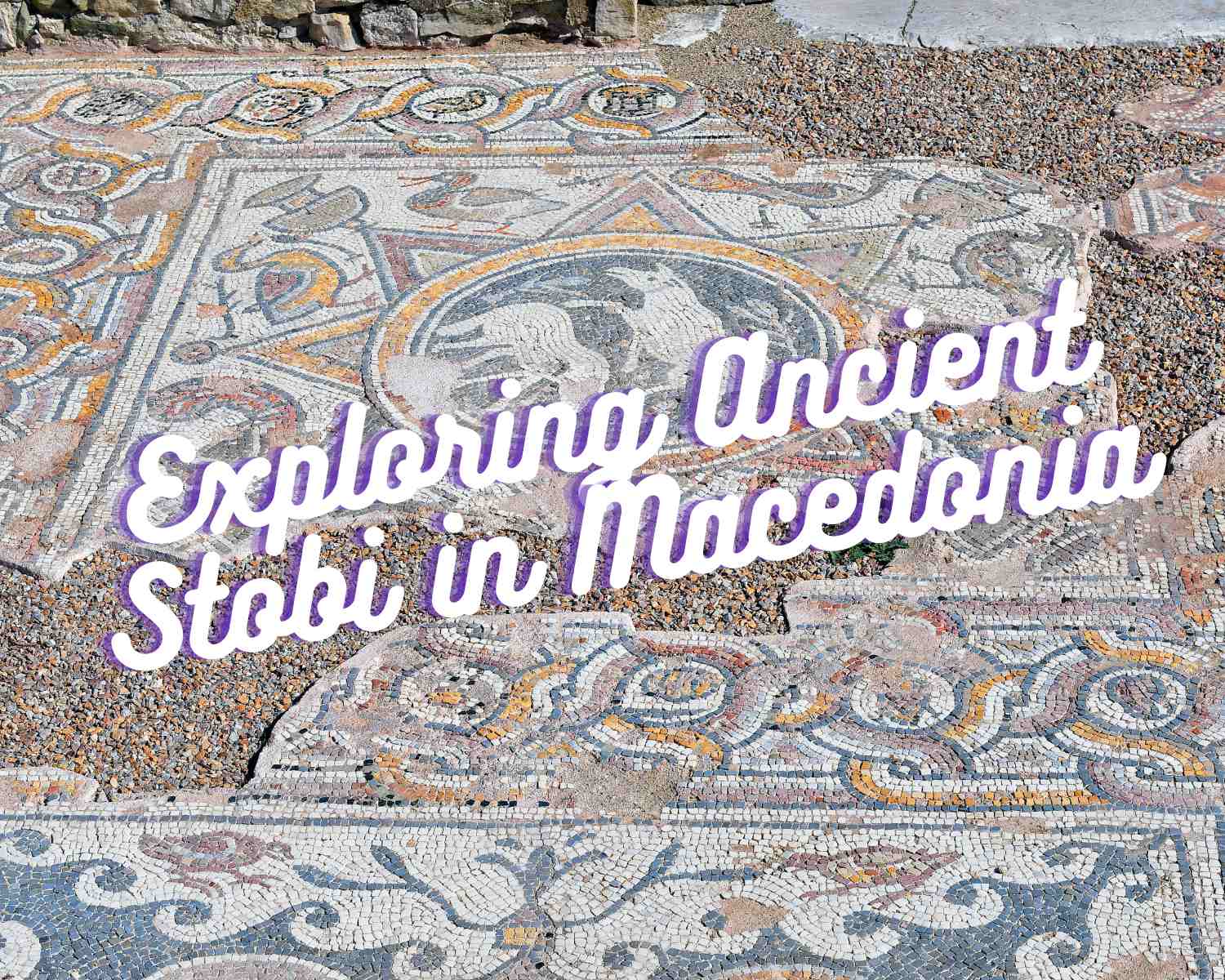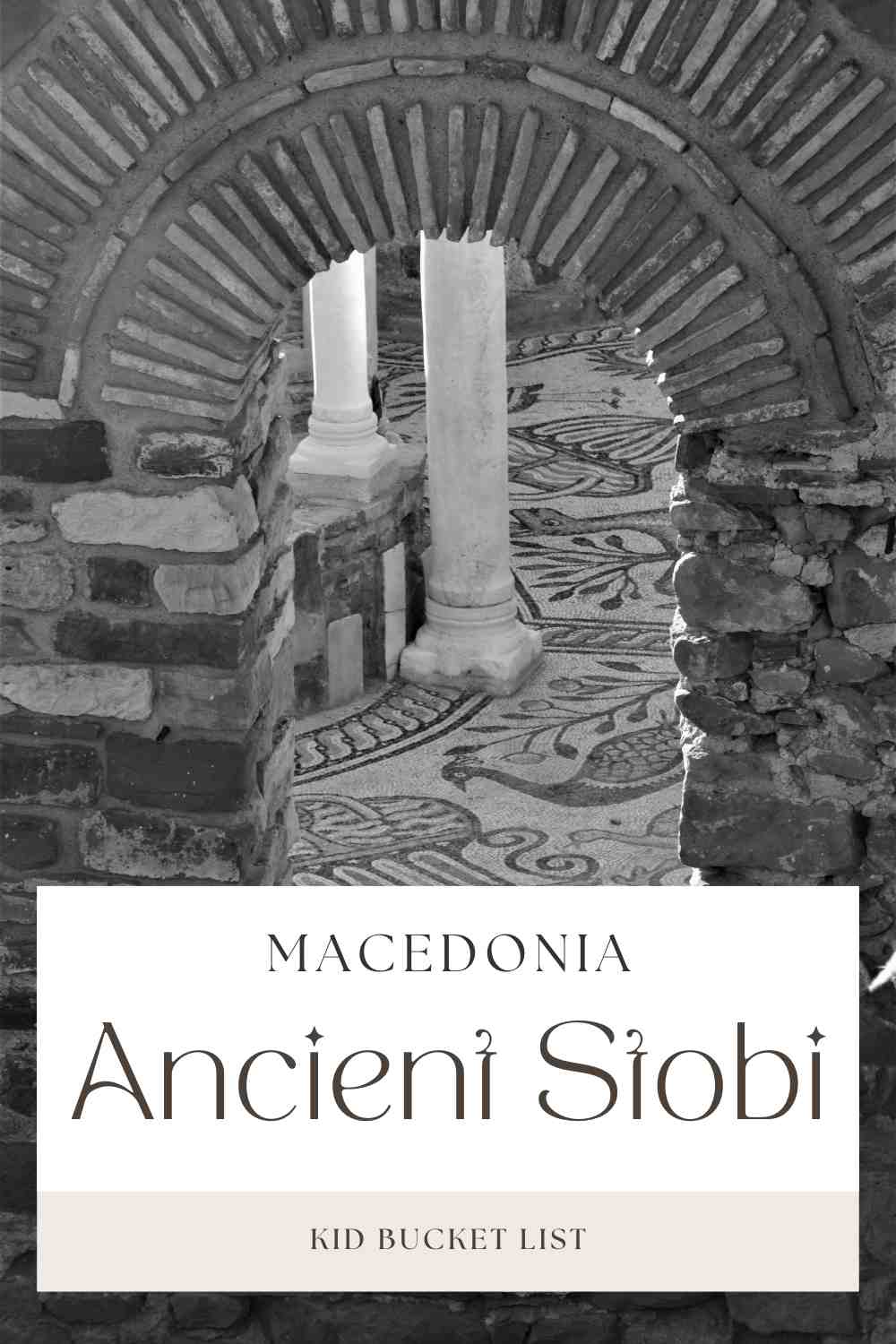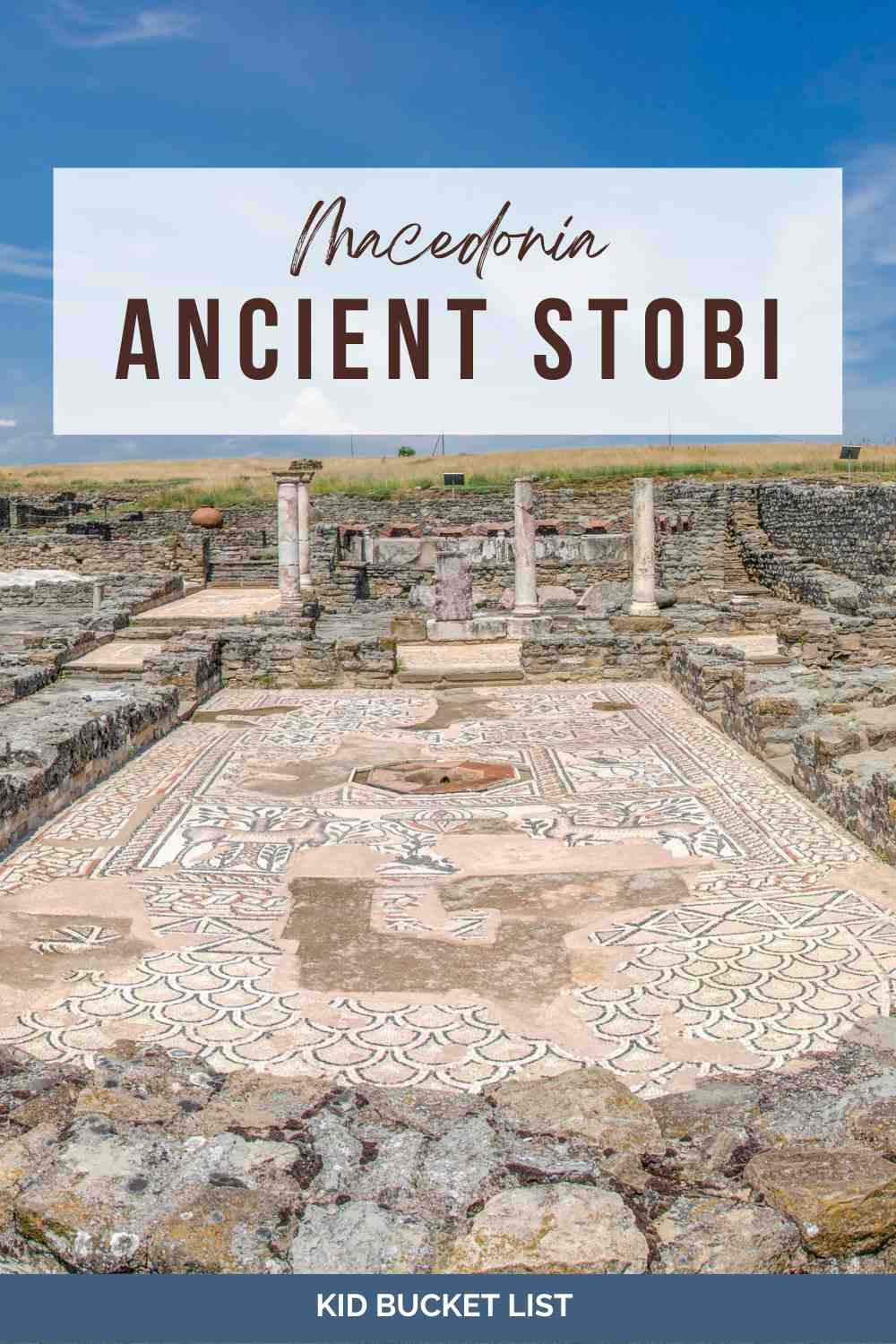Stobi is an ancient archaeological site located in present-day Macedonia. It has a rich history dating back to the 3rd century BCE when it was a Paeonian settlement. Later, it became an important Roman city and a significant cultural and economic centre in the region.
Stobi flourished until the 6th century CE when it was destroyed by a series of earthquakes and subsequently abandoned. Today, Stobi stands as a remarkable testament to the region’s ancient past and attracts visitors worldwide.
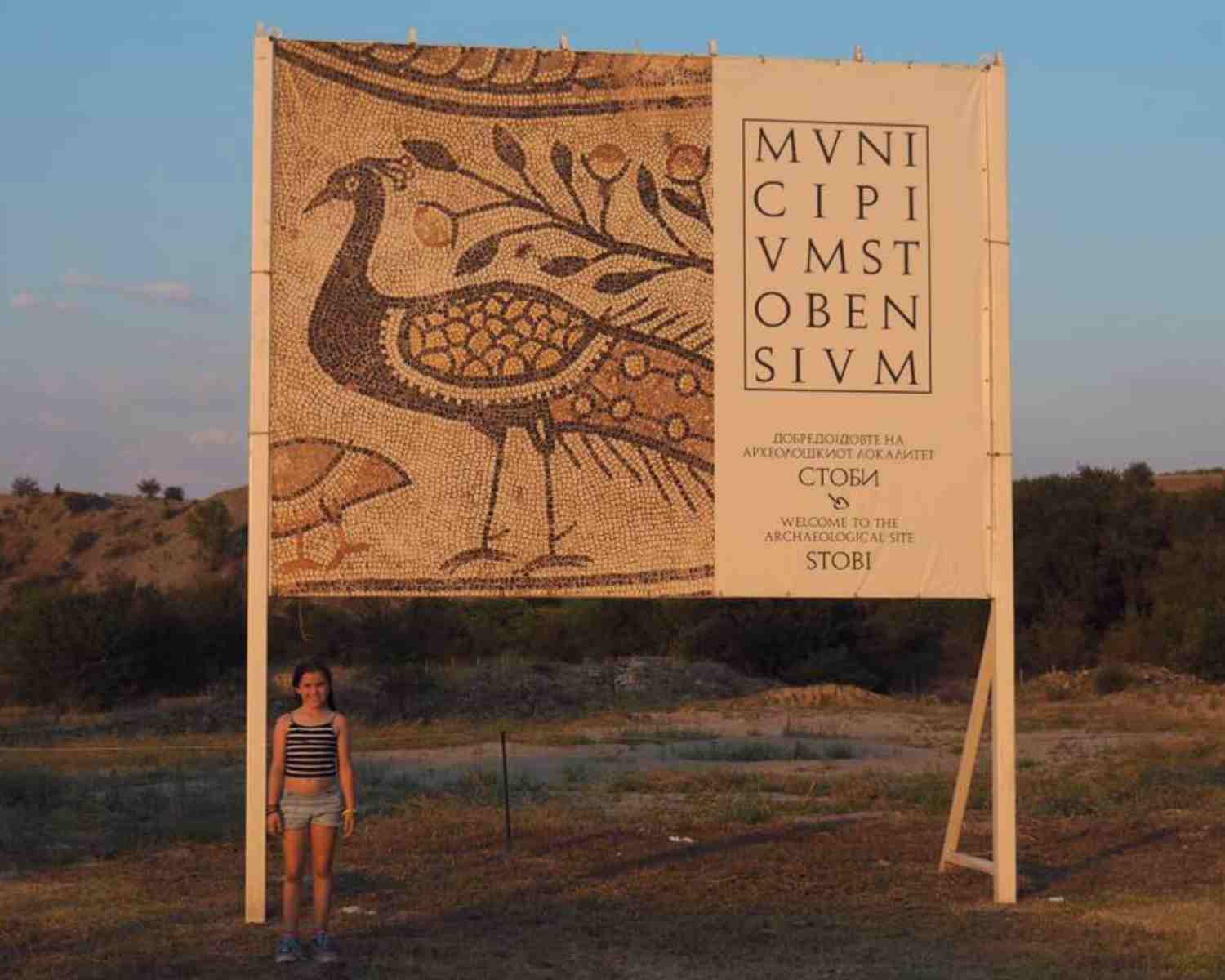
Exploring Stobi with kids was an exciting opportunity to deepen their understanding of Ancient History, from the Paeonians through to the Romans. We couldn’t miss it and set aside half a day for this adventure.
Stepping Back in Time in Ancient Stobi
Table of Contents
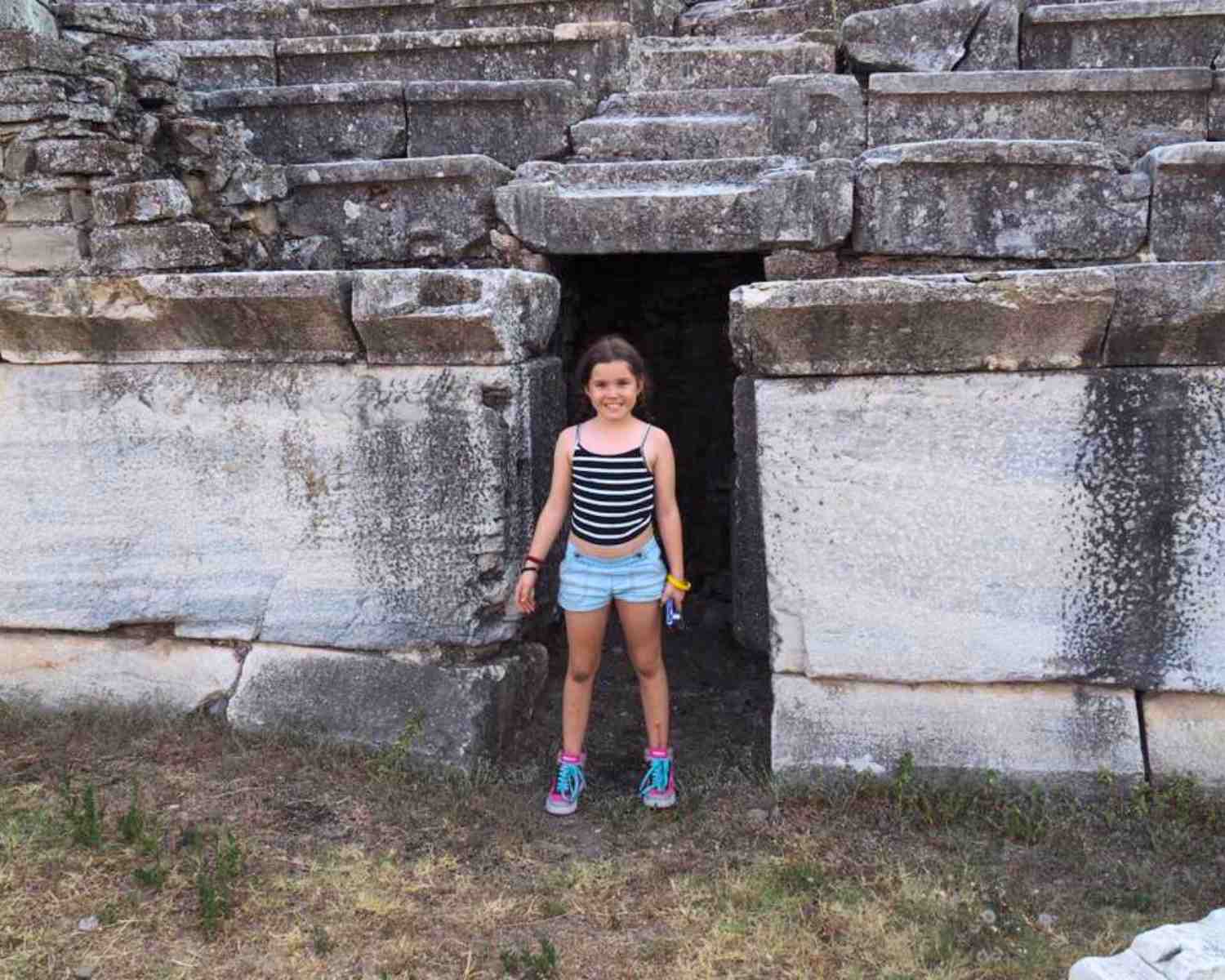
History of Ancient Stobi
Stobi was founded by the Paeonians, an ancient Indo-European people, in the 3rd century BCE. The Paeonians established the settlement as a strategic stronghold in the region, taking advantage of its location at the confluence of the Crna and Vardar rivers.
Over time, Stobi grew significantly and became a thriving urban centre, playing a crucial role in trade and commerce along major Roman trade routes. The Paeonians’ establishment of Stobi laid the foundation for its subsequent development and transformation into a prominent Roman city.
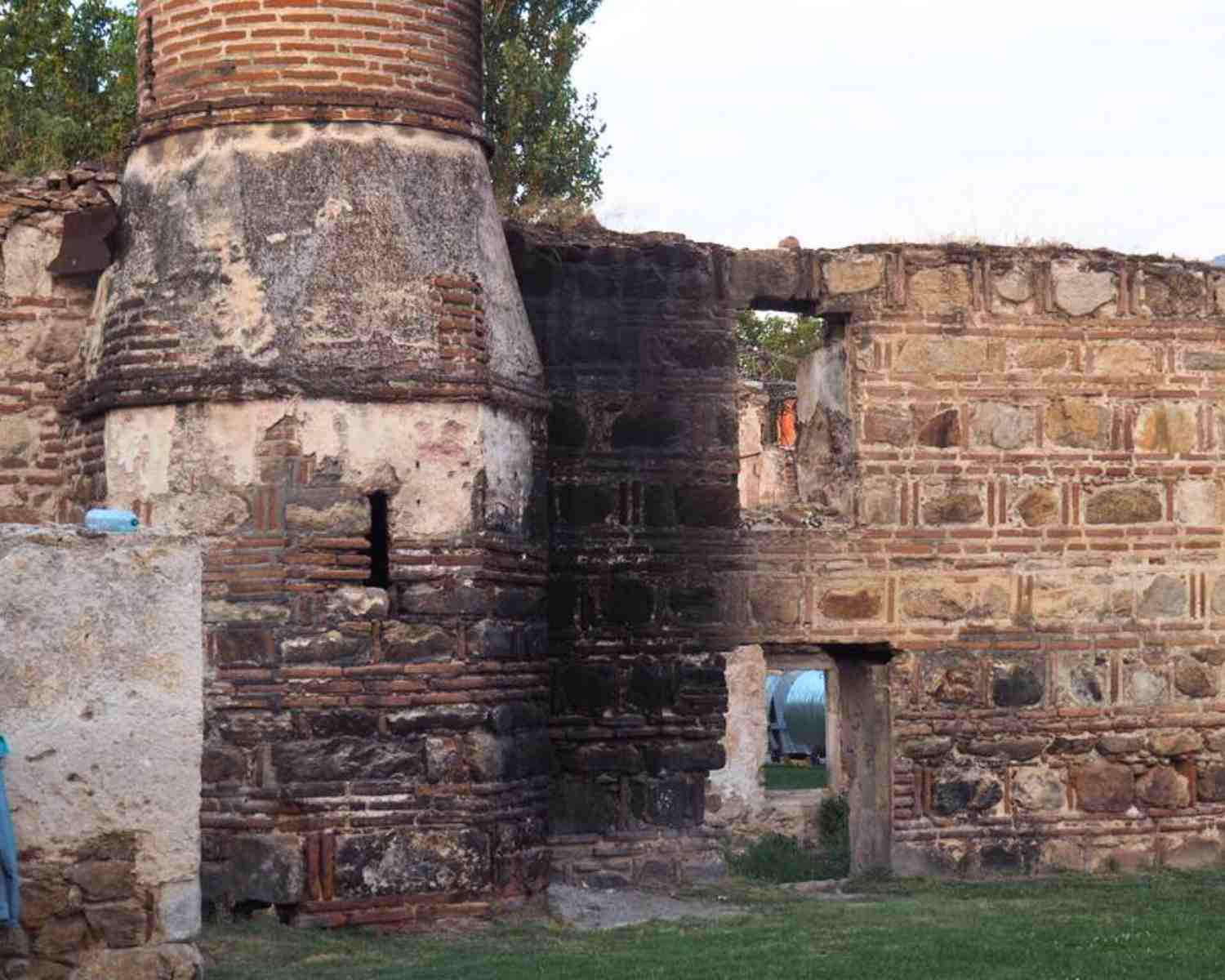
Following the Roman conquest of the region in the 2nd century BCE, Stobi became an important urban centre within the province of Macedonia. It flourished as a Roman city from the 1st century CE onward, serving as a key hub for trade, administration, and cultural exchange.
Stobi boasted impressive structures such as a theatre, a basilica, temples, a synagogue and luxurious villas, showcasing Roman architectural influences. The city also had a thriving economy, producing goods such as wine, ceramics, and textiles.
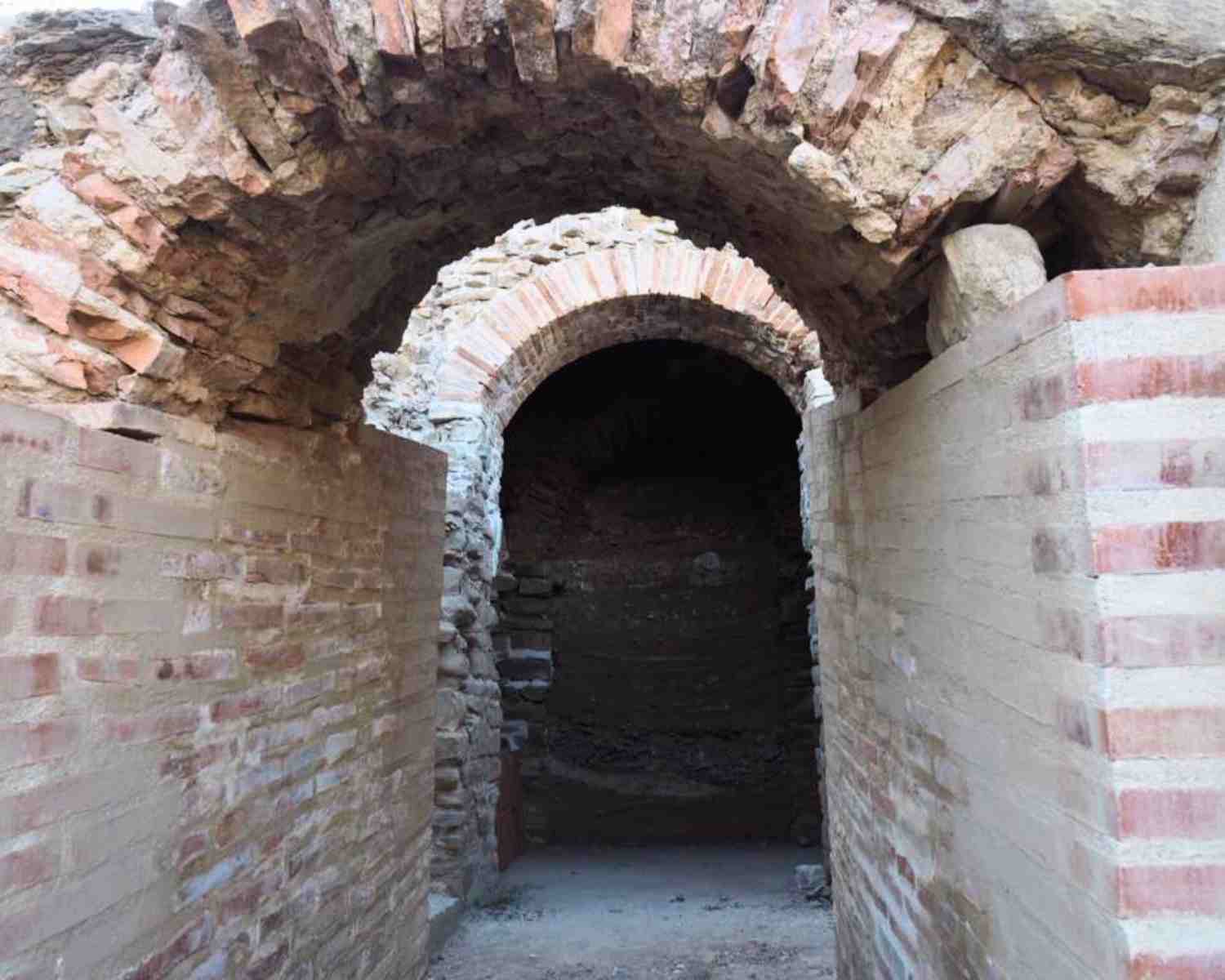
Stobi’s Roman period lasted until the 6th century CE, when it was ravaged by earthquakes and eventually abandoned. Today, the ruins of Stobi stand as a testament to its vibrant Roman past, attracting visitors with its well-preserved remnants of this ancient civilisation.
What Notable Historic Figures Are Linked to Stobi?
Titus Livius, commonly known as Livy, mentioned Stobi in his writings, specifically in his monumental work “Ab Urbe Condita” (From the Founding of the City). Livy referred to Stobi as a significant city in ancient Macedonia during the Roman period.
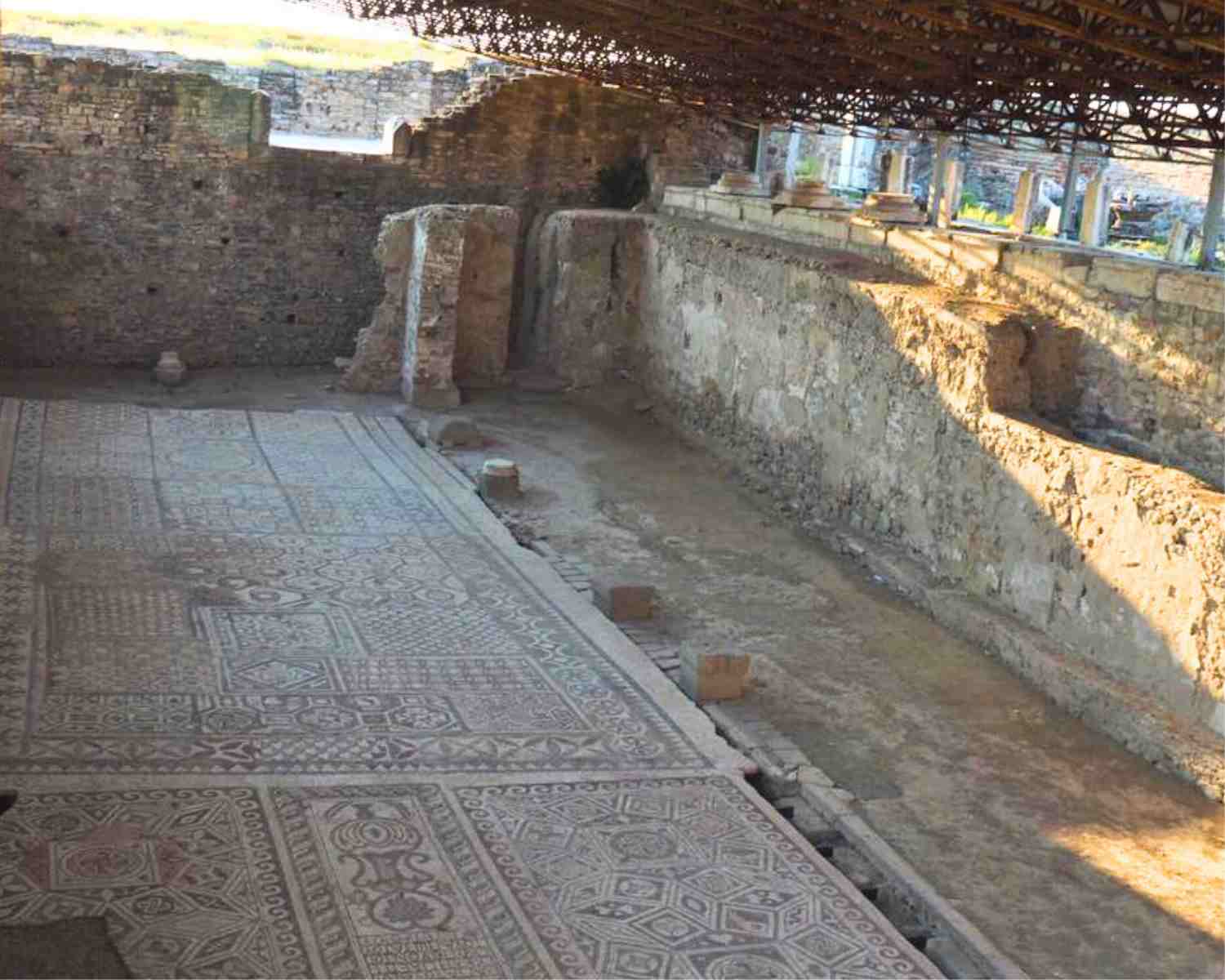
Livy described Stobi’s strategic location and mentioned its role as a vital centre for trade and commerce. Livy’s mention of Stobi contributes to our understanding of the city’s historical importance and its connections to the broader Roman Empire as documented by one of the most influential Roman historians.
Cassander, one of Alexander the Great’s generals, is said to have played a significant role in the region of Macedonia after Alexander the Great’s death. He rebuilt and fortified Stobi, making it an important city and military stronghold. While it is possible that Alexander’s military movements may have brought him near the region where Stobi is located, there is no direct evidence linking him to a visit to the specific site of Stobi.
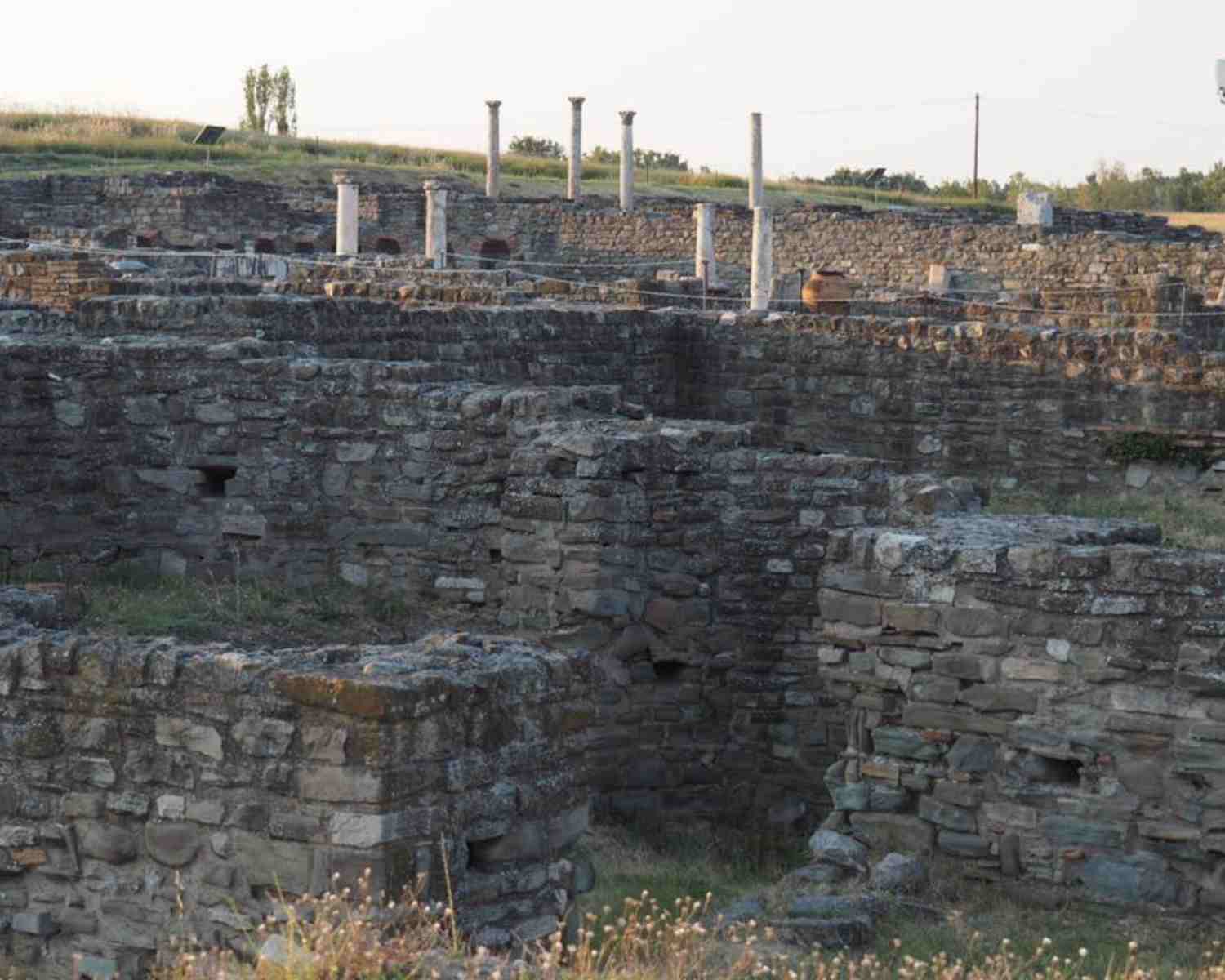
How Were the Ruins of Ancient Stobi Discovered?
The discovery of Ancient Stobi can be attributed to a series of archaeological explorations and excavations conducted throughout the 20th century. The initial recognition of Stobi as an important archaeological site occurred in the late 19th century when local villagers discovered ancient artifacts and architectural remains on the surface.
In 1861, the Austro-Hungarian consul Felix Kanitz visited the region and documented the presence of ancient ruins, drawing attention to the site’s significance. However, systematic excavations did not commence until the early 20th century.
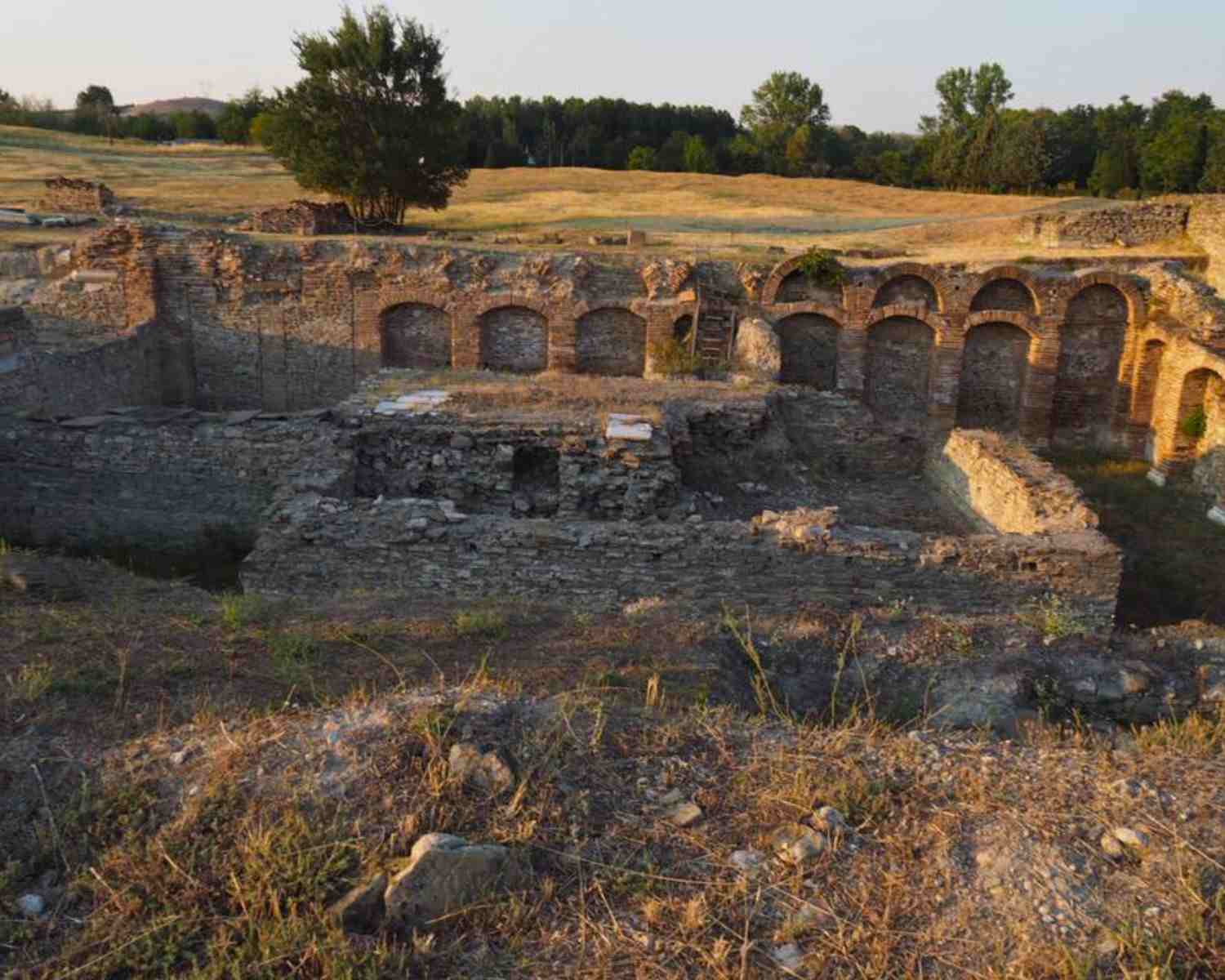
In 1907, the first official archaeological campaign was undertaken by the Serbian Archaeological Society. Led by the renowned archaeologist Karel Shkorpil, the team unearthed significant structures, including the Roman Theater and the ancient city walls.
Subsequent excavations took place in the 1920s and 1930s under the direction of the Serbian archaeologist Milan Garasanin. It was during this period that the House of Peristerius, along with other notable structures, was uncovered.
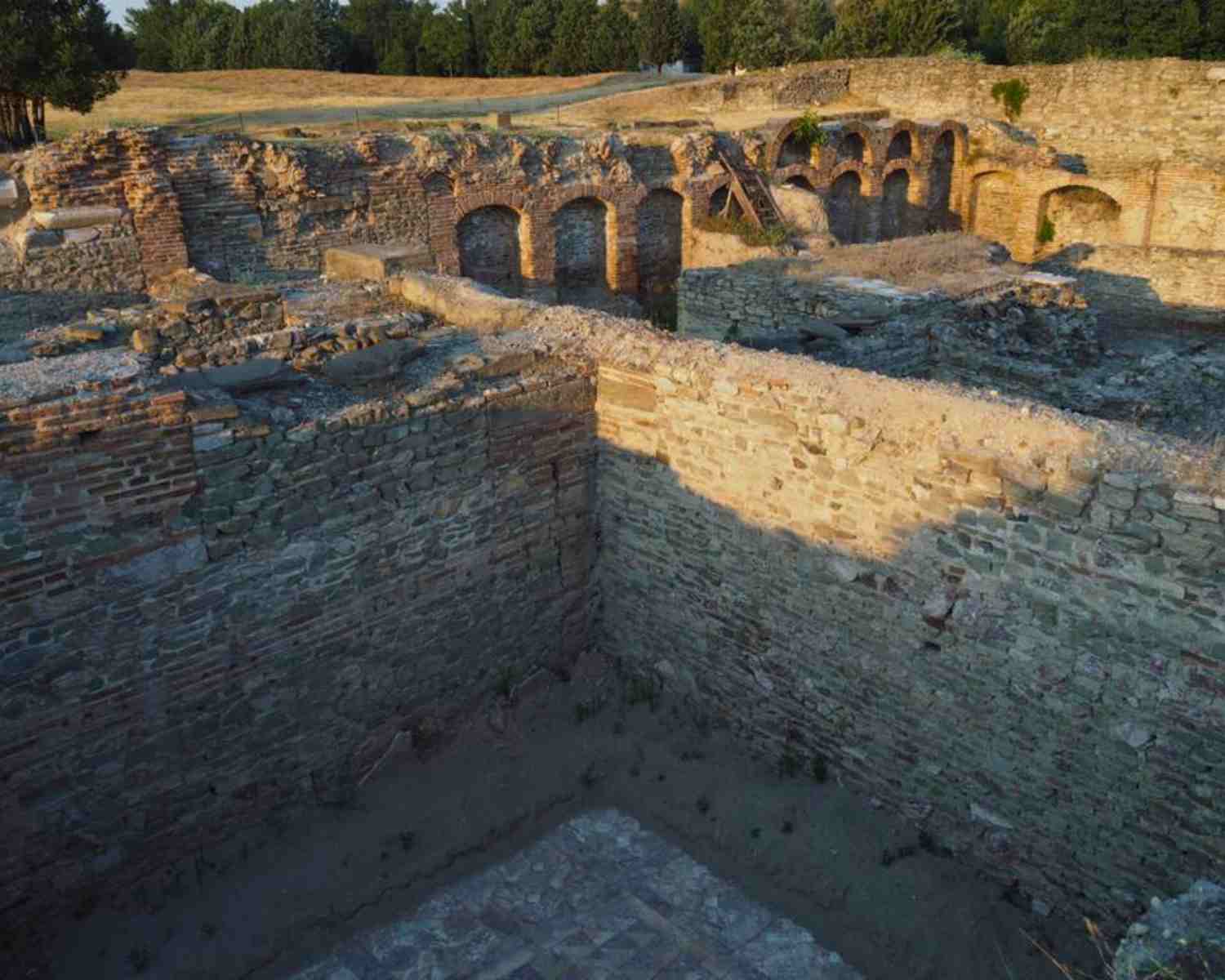
Following a pause during World War II, further excavations resumed in the 1960s and continued intermittently over the years, revealing more layers of the city’s history.
Exploring Stobi
Stobi rests on 3 terraces, surrounded by walls, narrating the colourful history from the Arc, Roman, Byzantine, and Slavic eras. It is a rare example of a massive ancient city where several empires have left their mark.
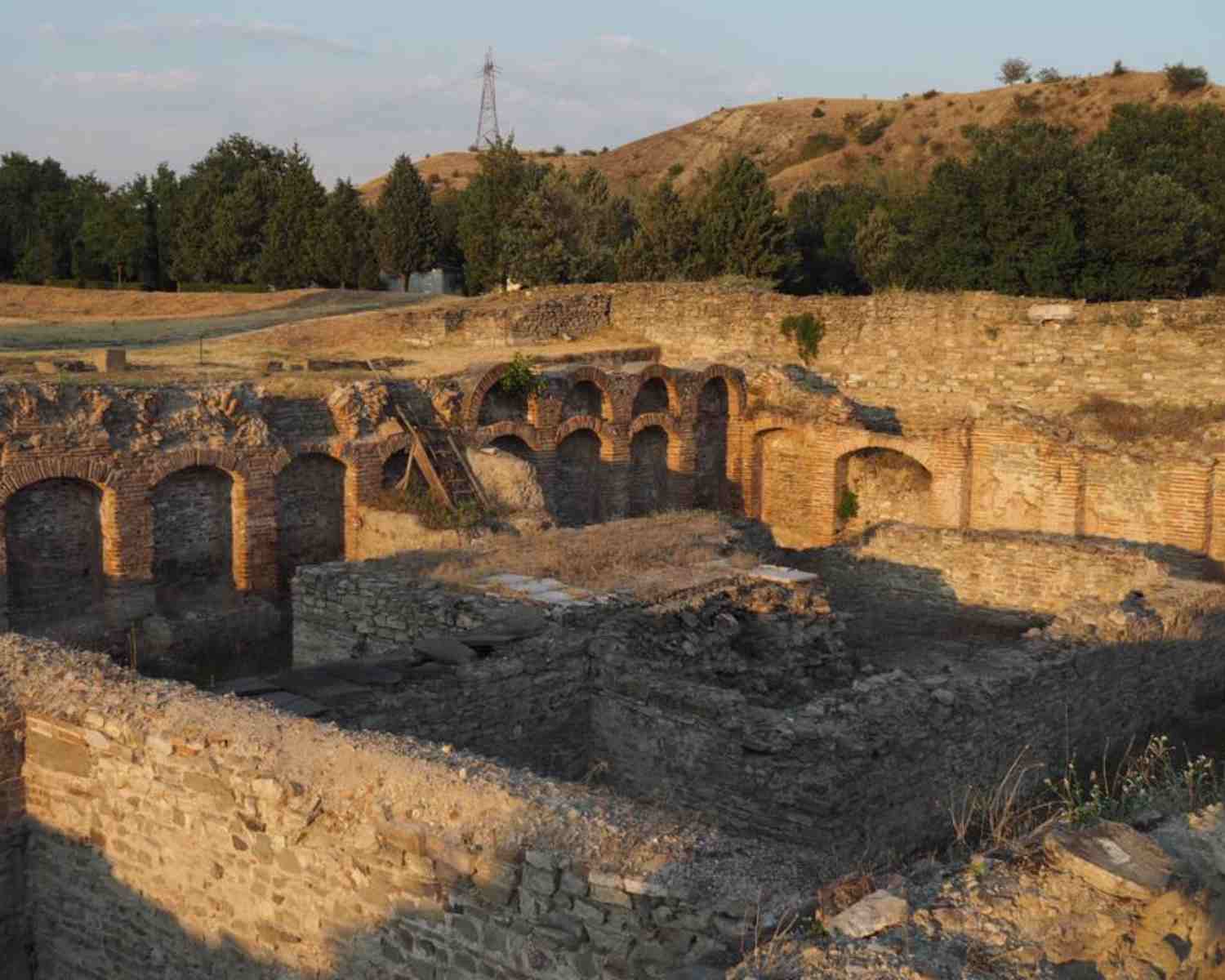
Since 2012, Stobi is included in the World Monuments Fund Watch list among the sites with universal significance. If you are an aspiring archeologist you may like to explore the Stobi Summer dig that occurs annually.
When visiting the ancient site of Stobi in North Macedonia, there are several intriguing areas that capture the essence of the city’s rich history.
Roman Theatre
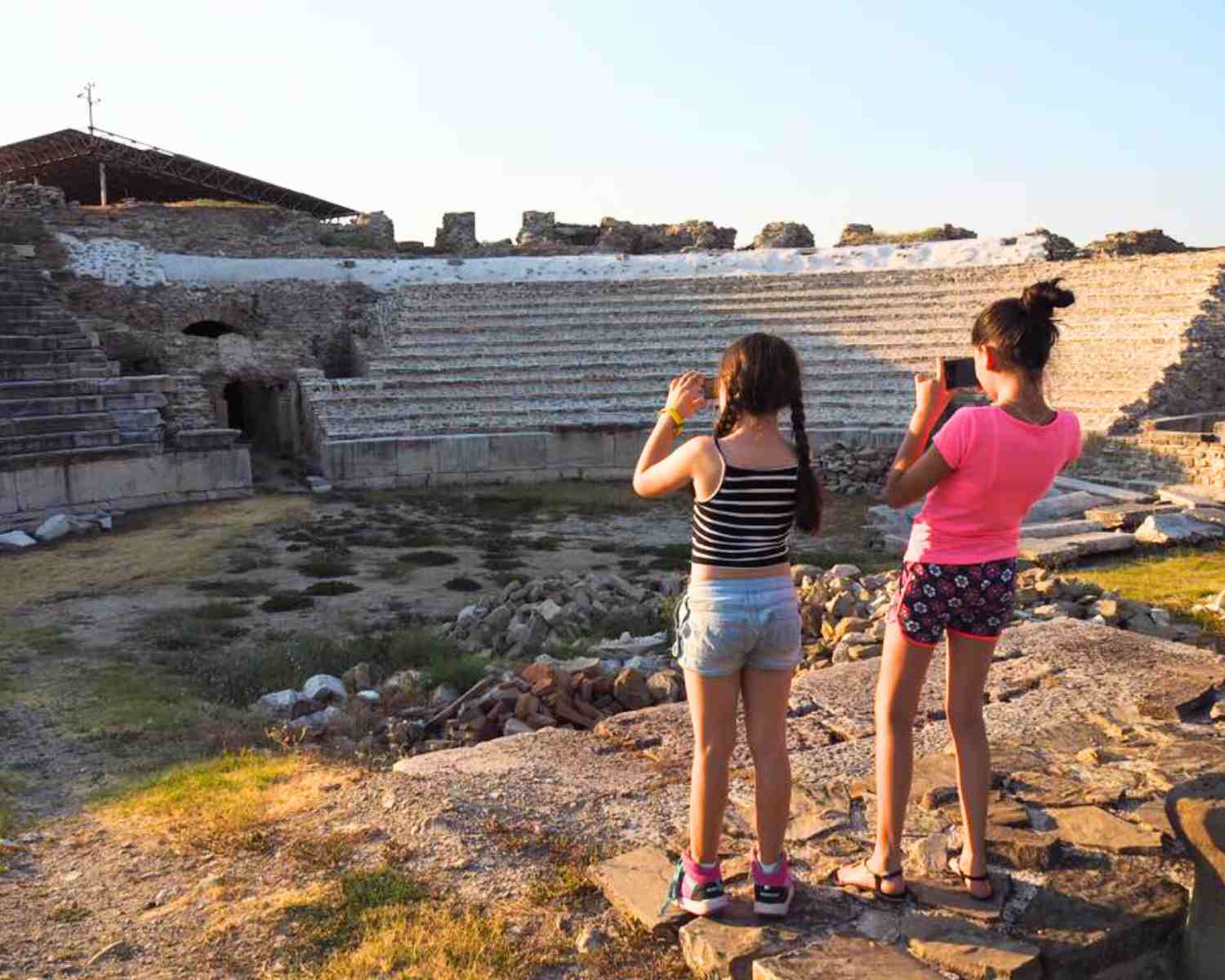
The Roman Theatre of Stobi is one of the highlights of the archeological site. With its well-preserved semicircular seating and stage, it offers a glimpse into the grandeur of ancient theatrical performances.
Basilica of Stobi

The Basilica, a Christian place of worship, showcases beautiful mosaic floors and intricate architectural details. It provides insights into the religious and cultural aspects of Stobi during the Late Roman period.
Nymphaeum
The Nymphaeum, a Roman fountain dedicated to the nymphs, features ornate decorations and statues. It provides a glimpse into the city’s water management and serves as a testament to the artistic skills of the ancient craftsmen.
City Walls and Gates

Exploring the city walls and gates of Stobi allows visitors to understand the strategic importance and layout of the ancient city. Walking along the fortifications provides a sense of its scale and the defensive measures taken during that time.
House of Peristerius
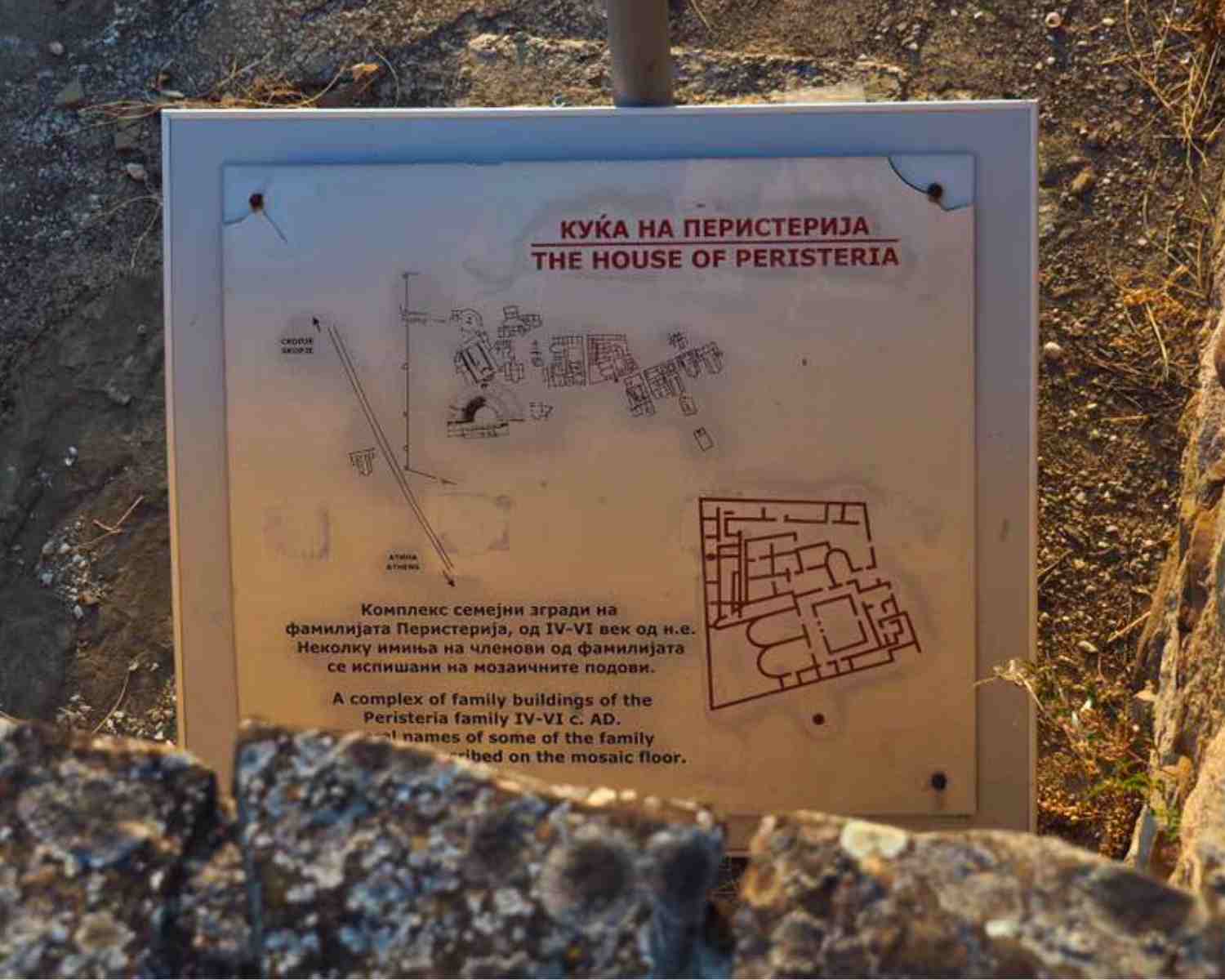
The House of Peristerius is a well-preserved Roman villa showcasing intricate mosaic floors and various rooms with remnants of their original decorations. It offers a glimpse into the luxurious lifestyle enjoyed by the elite residents of Stobi.
This complex structure consisted of numerous rooms serving residential and economic purposes, with indications of at least two floors based on the uncovered steps. Among the notable areas within the House of Peristerius is a bath, indicating the importance of personal hygiene in Roman culture. The presence of a bath suggests the availability of bathing facilities within the house, a luxury enjoyed by the residents.
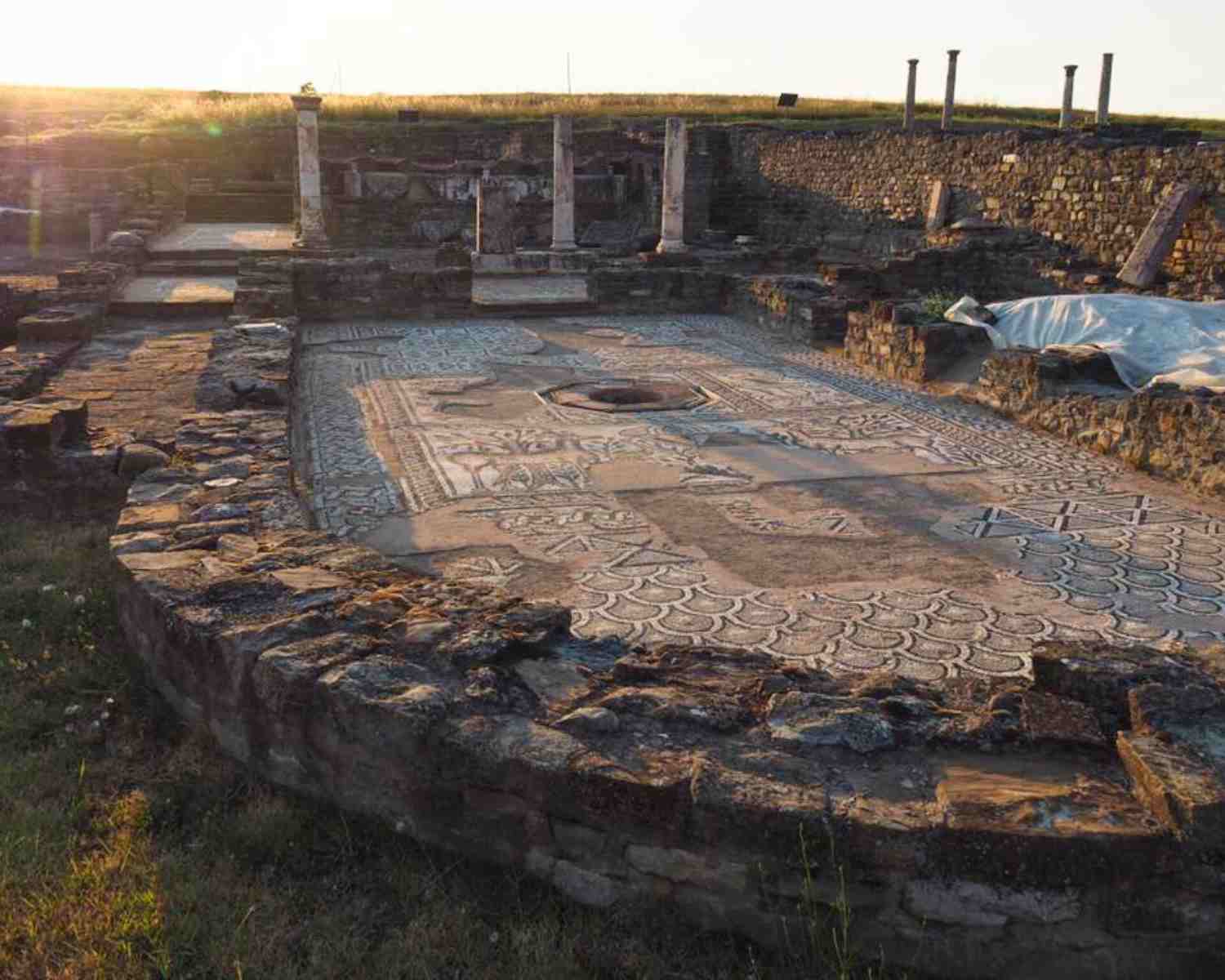
Additionally, the house encompasses an open court, providing a central gathering area, and several smaller rooms serving various functions. These smaller rooms likely served as storage areas, workshops, or potentially additional living spaces.
Visiting Stobi with Kids
We explored Ancient Stobi during the summer and were surprised to be the only group visiting at that time! On our visit, we noted that all of the local guides understood and spoke English, and we were provided with a guided tour by members of The National Institution Stobi.
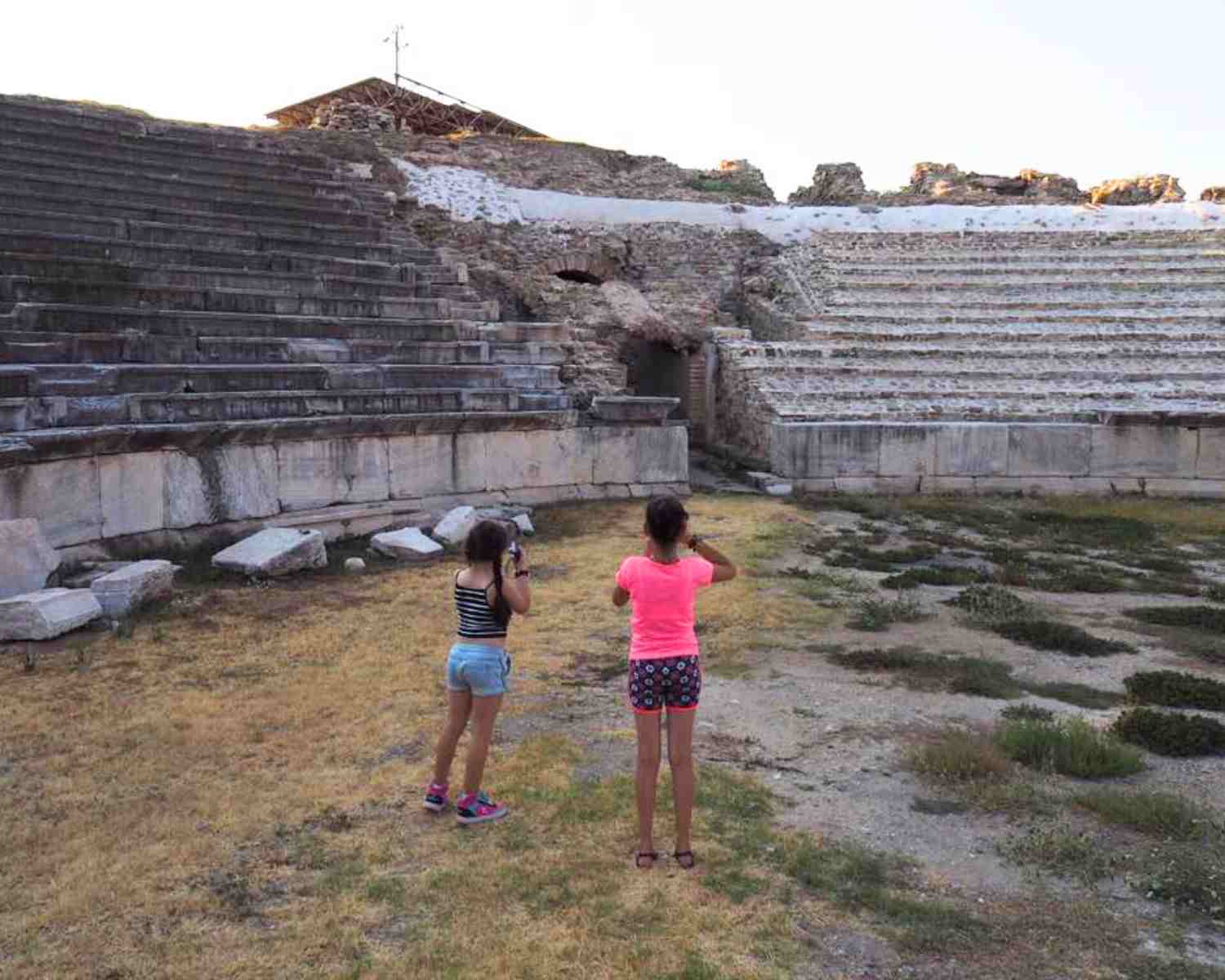
Currently, entry fees are super cheap and no more than 3 euro per person! There is a small gift shop that also has cold drinks and ice-creams. Parking is free.
How to get to Stobi
Positioned in central Macedonia, Stobi is close to the town of Kavadarci, Negotino, and Veles. You can get here by taxi, and it will cost around $12 dollars taken from Kavadarci and cover 20 kilometres
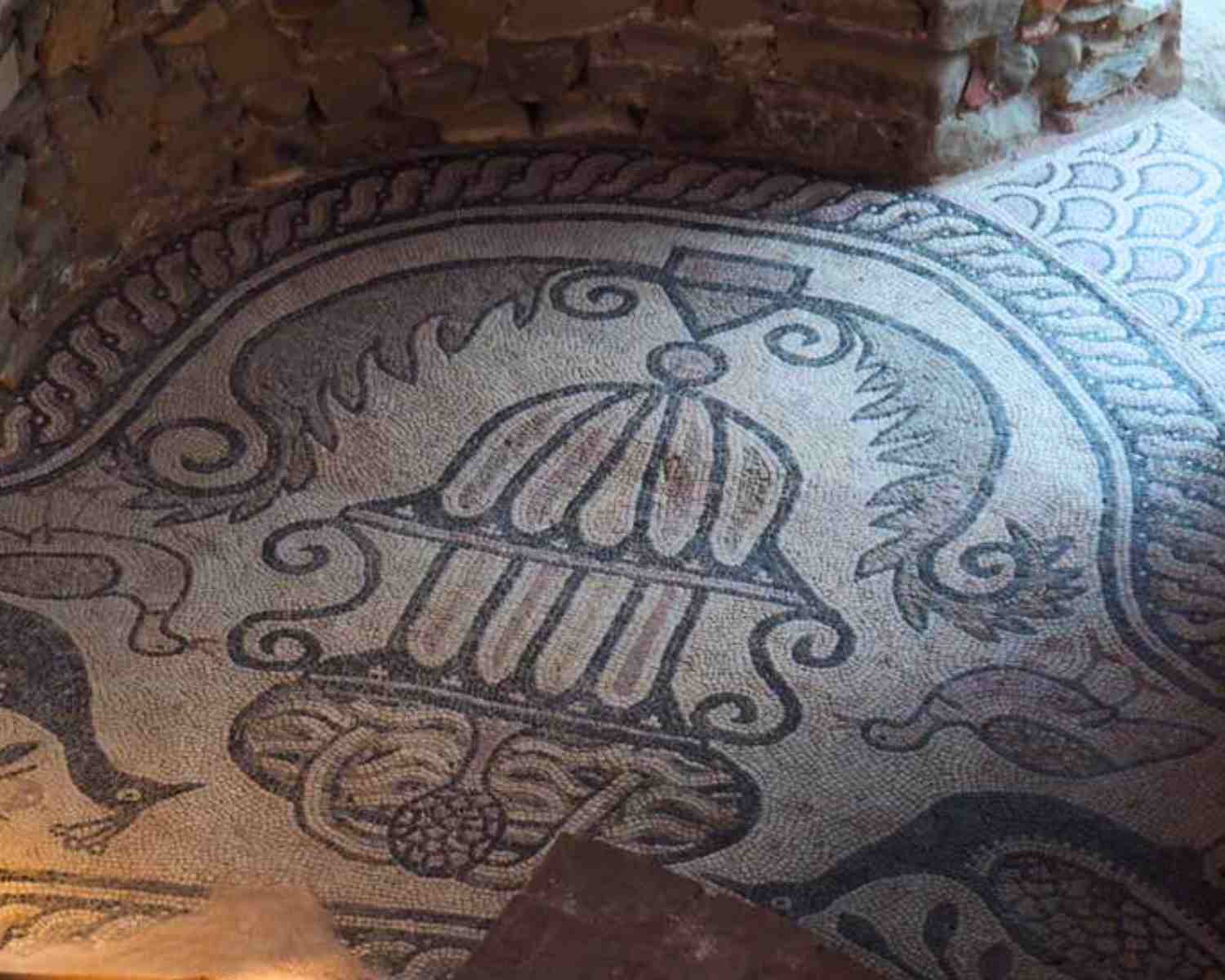
There is a local train that stops at Stobi but the bus and the fast train stop at Negotino – 13 km south of Stobi and in Gradsko – 5 km north of Stobi. Usually, the bus to Negotino stops at Stobi if you ask the driver.
Pin This
Other Places to Explore in Macedonia
Bay of Bones near Ohrid
Matka Canyon
Heraclea Lyncestis – More Ancient Ruins!
Marko’s Towers
Mother Teresa’s Memorial House
Things to do in Skopje with Kids

